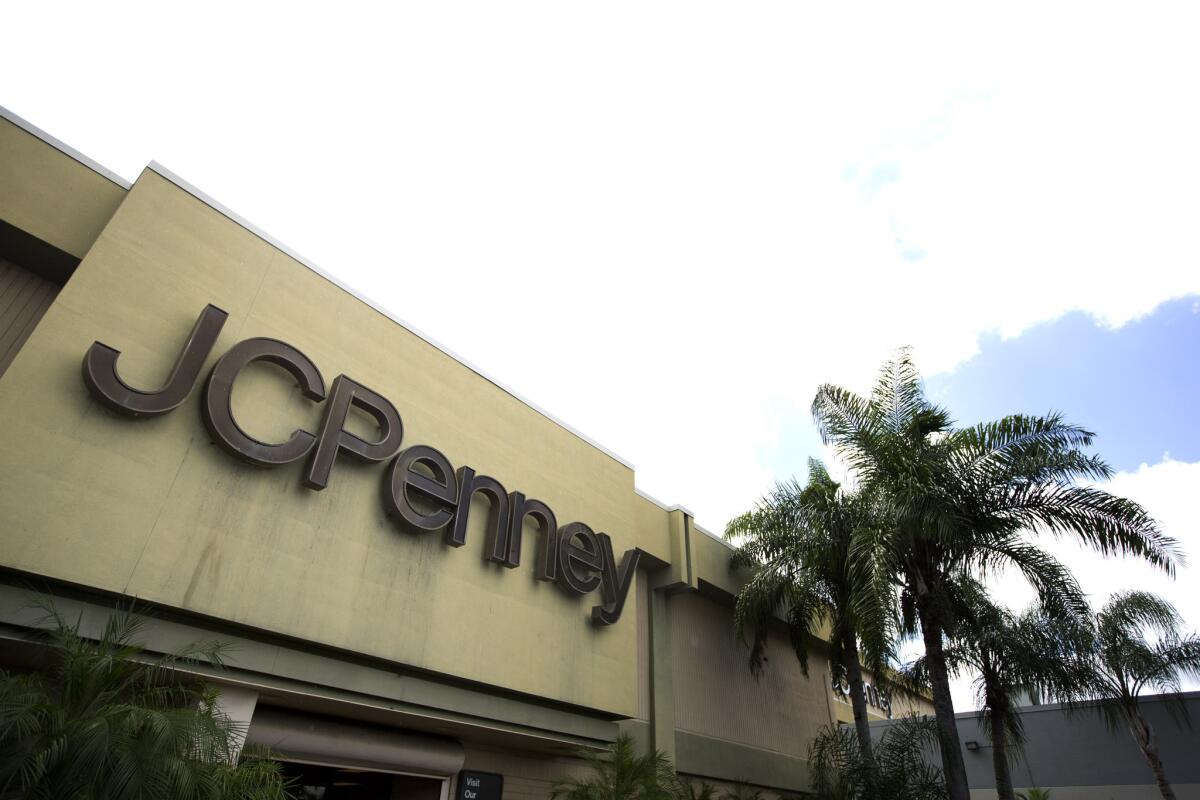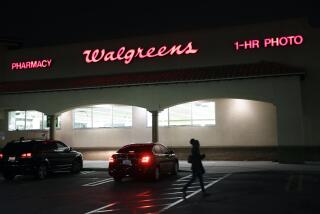J.C. Penney post-bankruptcy plan includes closing 29% of stores

J.C. Penney Co., the department-store chain that filed for Chapter 11 bankruptcy on Friday, says it will close about 29% of its stores.
The retailer will reduce its store count to about 604, down from the 846 it currently has across the U.S, according to a company filing on Monday. In fiscal 2019, those locations brought in $9.2 billion in net sales. With the smaller store fleet, it expects net sales of $7.5 billion. It will also close two of its distribution centers.
The remaining stores, which made up 82% of net fiscal 2019 sales, “represent the highest sales-generating, most profitable, and most productive stores in the network,” according to the company filing.
The filing said that 192 closures would take place in fiscal 2020, with the closing and sale of 50 more company-owned stores the following year. The company is in the process of determining when and which stores will be closed.
Like its department store peers, J.C. Penney has been challenged by falling foot traffic at malls and customers’ shift to online shopping. That trend has been rapidly accelerated by the coronavirus pandemic, which led to mass shutdowns in the retail industry. The company has closed a handful of stores in the past year under Chief Executive Officer Jill Soltau.
While it scales down its physical locations, Penney said it wanted to make e-commerce sales more than a quarter of its total sales. It has plans to grow that portion to $2.3 billion by fiscal year 2024. That’s up from $1.5 billion in fiscal 2019.
Investors looking to hear more from the company about its business plan will have to wait. The company’s annual meeting, set to take place May 22, has been postponed. The new date for the meeting will be decided at a later time, the company said.
More to Read
Inside the business of entertainment
The Wide Shot brings you news, analysis and insights on everything from streaming wars to production — and what it all means for the future.
You may occasionally receive promotional content from the Los Angeles Times.










